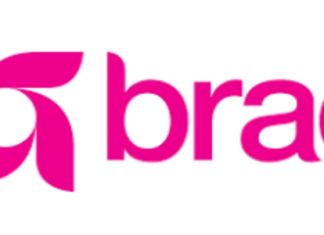Learn how technology is used in supply chain systems from fundamental concepts to innovative applications – part of the MITx Supply Chain Management MicroMasters Credential.
What you’ll learn
Fundamental IT concepts
Supply Chain Management systems
Analysis of data from supply chain systems
About this course
There are underlying fundamental principles and concepts that apply to all supply chains, which can be expressed in relatively straightforward models. However, to actually implement them across a real supply chain requires the use of technology across multiple systems. Supply chains have a long history of using technology to improve efficiency and effectiveness. The shear scale and scope of most supply chains require many distinct systems to interact with each other.
Unfortunately, technology is a moving target. It is constantly evolving and improving so that today’s technology is outdated within a few years or months. Rather than focusing on a specific software system, this business and management course will focus on three aspects: fundamental concepts, core systems, and data analysis.
We will start with the introduction of fundamental concepts that are used in all software tools. We will cover IT fundamentals, including project management and software processes, data modeling, UML, relational databases and SQL. We will also introduce Internet technologies, such as XML, web services, and service-oriented architectures. No prior programming experience required.
We will then provide an overview of the main types of supply chain software including ERP, WMS, and TMS systems. We will describe their main functionality, how they work, how they are used, their architecture, data flows, and how they are organized into modules. We will also cover the software selection process and how software upgrade and implementation projects should be organized and managed.
Finally, we will dive into data analysis that is core to all large supply chains. We will introduce visualization and big data analysis techniques that are used in practice today.
Click here to start learning today
























